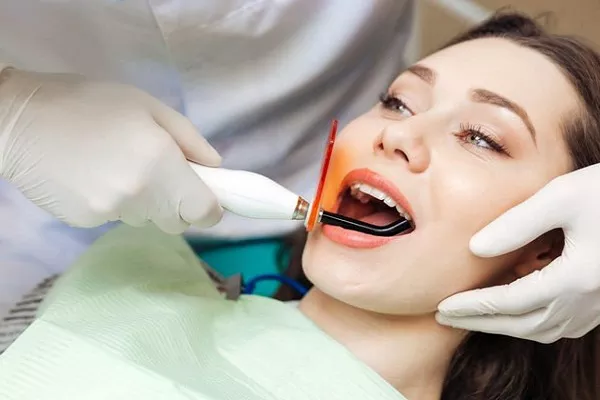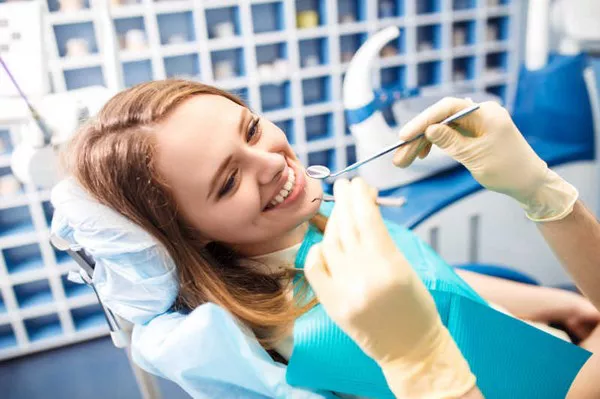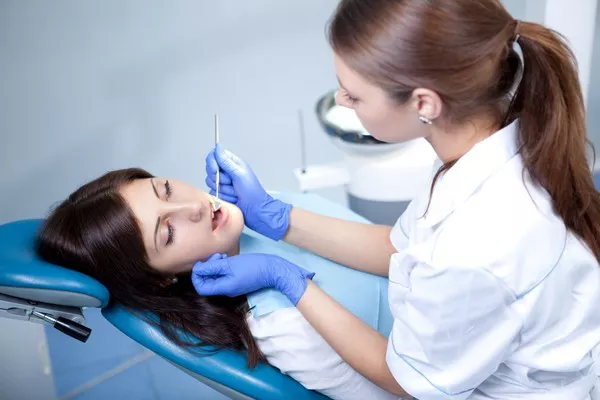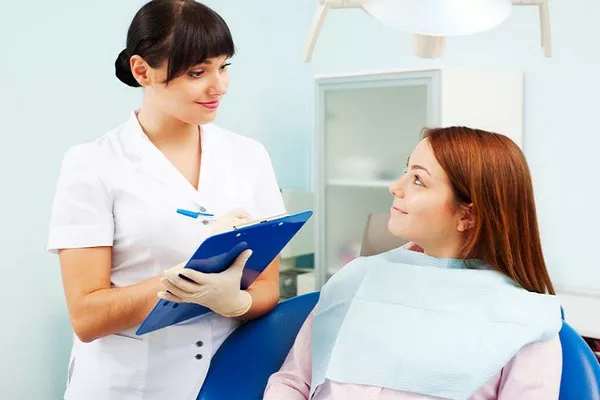Orthodontic treatments have evolved significantly over the years, offering patients more comfortable and efficient options for achieving a beautifully aligned smile. One such advancement in the field of orthodontics is the introduction of self-ligating braces. If you’re curious about what self-ligating braces are, how they work, their advantages, and whether they might be the right choice for your orthodontic needs, this comprehensive guide will provide you with all the information you need.
Understanding Self-Ligating Braces
Traditional braces, which have been used for decades to straighten teeth, involve the use of bands or ligatures (tiny rubber bands) to secure the archwire to the brackets. These ligatures are periodically changed during orthodontic appointments to adjust the tension and facilitate tooth movement. In contrast, self-ligating braces are designed to eliminate the need for these ligatures.
How Do Self-Ligating Braces Work?
Self-ligating braces work on a fundamentally different principle compared to traditional braces. Instead of using elastic ligatures to hold the archwire in place, self-ligating braces feature specialized brackets with built-in clips or doors. These clips hold the archwire securely without the need for external ligatures.
Here’s how the process works:
Bracket Design: Self-ligating brackets have a small door or clip mechanism that can be opened and closed by the orthodontist. This mechanism allows the archwire to be easily inserted into the bracket.
No Elastic Ligatures: As there are no elastic ligatures in self-ligating braces, there is no need for periodic adjustments to change or tighten them. This reduces the number of in-office visits required during the treatment process.
Friction Reduction: Self-ligating braces typically have less friction between the archwire and the brackets, which can result in smoother and potentially faster tooth movement.
Improved Oral Hygiene: Without the need for elastic ligatures, there are fewer places for plaque and food particles to accumulate. This can make maintaining good oral hygiene easier for patients with self-ligating braces.
Advantages of Self-Ligating Braces
Self-ligating braces offer several advantages compared to traditional braces:
Reduced Discomfort: Some patients report less discomfort and pressure during adjustments because there are no ligatures to change.
Fewer Office Visits: Since there are no ligatures to adjust, patients may require fewer in-office visits, making self-ligating braces a convenient option for those with busy schedules.
Easier Oral Hygiene: With fewer nooks and crannies for debris to get trapped, self-ligating braces can make it easier to maintain good oral hygiene.
Potentially Faster Treatment: The reduced friction between the archwire and brackets may lead to faster tooth movement in some cases.
Improved Aesthetics: Self-ligating braces tend to have a more streamlined appearance because they do not require the visible elastic ligatures.
Are Self-Ligating Braces Right for You?
While self-ligating braces offer many advantages, they may not be suitable for every orthodontic case. Your orthodontist will evaluate your specific needs and recommend the most appropriate treatment option for you. Factors that may influence this decision include the complexity of your case, your oral health, and your personal preferences.
It’s essential to consult with an experienced orthodontist who can assess your unique situation and discuss the pros and cons of self-ligating braces versus other orthodontic options, such as traditional braces or clear aligners.
Conclusion
Self-ligating braces represent a significant advancement in orthodontic treatment, offering patients a comfortable and potentially more efficient way to achieve a beautifully aligned smile. These braces work by eliminating the need for elastic ligatures, reducing friction, and potentially speeding up tooth movement.
If you’re considering orthodontic treatment and are curious about self-ligating braces, consult with an experienced orthodontist who can provide personalized guidance based on your specific needs and goals. Whether you ultimately choose self-ligating braces or another orthodontic option, the goal remains the same: achieving a healthy, confident smile that you can proudly share with the world.
Related Topics:































